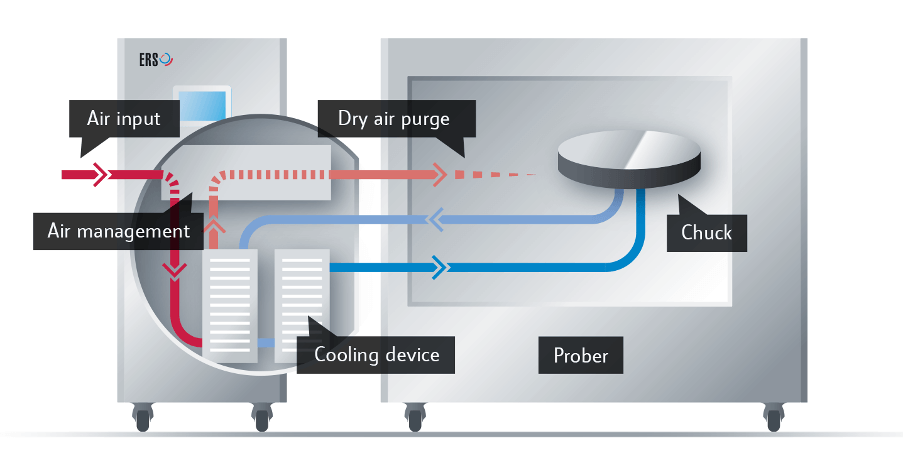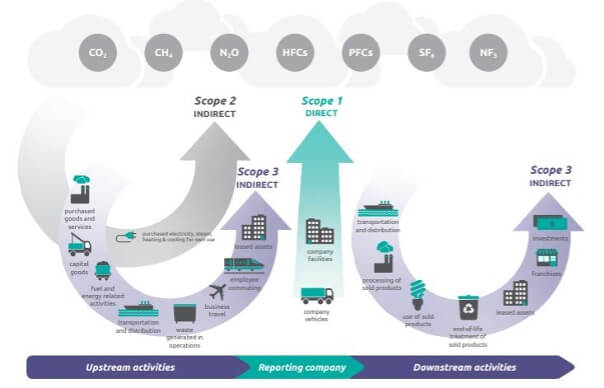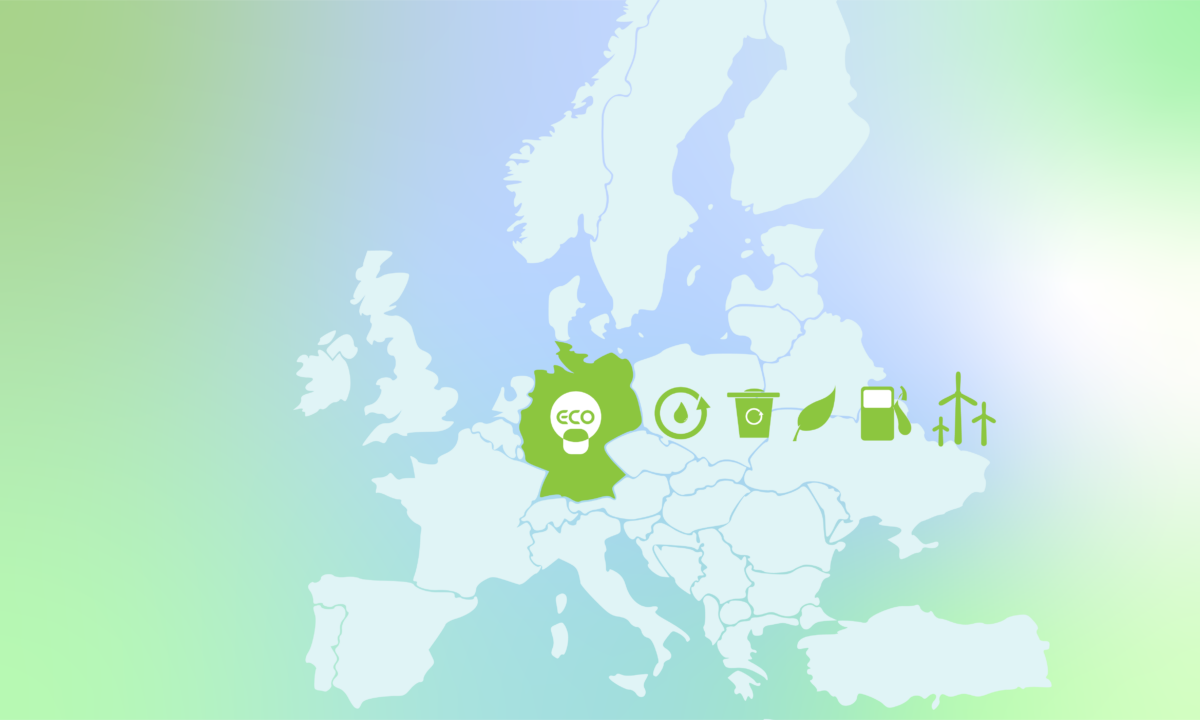This year in Germany, we experienced a record-setting summer, and not in a good way. Unprecedented heatwaves were recorded, and droughts are hitting several parts of the world, creating further instability in an economy still recovering from a pandemic.
These and other climate-related disruptions emphasize the urgent need to address global warming and climate change. Semiconductors, which are already an essential part of our everyday lives, play a crucial role in driving sustainable innovation and improving overall efficiency. Yet the production of these chips leaves behind a massive footprint. And the demand keeps growing. Therefore, to achieve climate neutrality, it is not enough to only enable emissions reduction through products and technology but also necessary to limit the emissions burden that results from the industry’s operations.
Some semiconductor companies, like Infineon, Intel, and TSMC, have already announced their commitment to a sustainability goal and have taken steps toward reducing their emissions. The bigger companies’ efforts to lessen the environmental impact create ripple effects throughout the supply chain, putting pressure on suppliers to measure their footprint and optimize operations. However, whereas larger companies often have the capital and workforce needed to research, create and execute a sustainability strategy, we, as a smaller company of about 60 employees, had to overcome some significant hurdles before launching our sustainability initiative.
Getting Started with Climate Neutrality
Developing and building environmentally friendly and efficient equipment has always been a core value at ERS. In the 1990s, we introduced a thermal chuck system that only uses pressurized clean dry air (CDA) as a coolant rather than liquid and Peltier elements, which are known to be less efficient cooling methods. Nonetheless, it requires a lot of energy to produce CDA, so we have continuously worked to improve the system’s efficiency and are currently able to recycle the air three times: for pre-cooling, cooling, and purging the probing station (Figure 1).

We had long been discussing the need to expand our eco-friendly mindset beyond our products and brainstorming ideas that would later become building blocks for our sustainability initiative. However, since we were lacking someone with expertise on the topic, we were looking for some support to get the ball rolling.
Then, about a year ago, we learned about a German non-profit organization, Leaders for Climate Action. It consists of hundreds of member companies from different industries, including Spotify, Klarna, and Flixbus, who are committed to reaching climate neutrality and sharing their progress. In addition to valuable peer advice, you get access to many tools and resources, including emission reduction guides and footprint estimation tools.
Measuring our Climate Neutrality Footprint
To become a member, we were required to calculate our yearly emissions and compensate by buying carbon offsets. Using the carbon estimator, we could calculate our Scope 1, 2, and parts of 3. Scope 1 refers to the emissions released directly from your company’s assets, e.g., company cars. Scope 2 describes the emissions that come from a second source but that your company consumes, e.g., electricity. These data were readily available to us and easy to input into the estimator.

Scope 3, however, are all other indirect emissions that occur in your company’s value chain. We were only asked to input values for some categories belonging to Scope 3, like business travel and employee commuting. These were the most time-consuming calculations as they required reviewing 12 months’ worth of travel documents (which was luckily less than usual due to the ongoing pandemic) and issuing an employee survey to get the commuting data.
Our total emissions for one year were calculated to be 420.3 tonnes of CO2. Yet, we have not even scratched the surface of all that is Scope 3. There is no “right” way to measure it. It’s up to each company to find the best methodology according to its level of resources. We are still in the process of figuring out how to collect the data needed to do this measurement. The one thing we do know is that it will be required that companies disclose their full scope emissions at some point, so the sooner we get started, the better.
Challenges in the Current Climate
Last year, following the Green Deal in 2019, the European Parliament endorsed the EU Climate Law, committing to reaching climate neutrality by 2050 and reducing emissions by 55% by 2030. However, according to a study commissioned by the German Council for Sustainable Development, only 0.15% of German companies are sustainably oriented, so there is still a long way to go toward meeting these deadlines.
The current energy crisis is not making the path easier. The war in Ukraine has exposed Europe’s dependency on Russian gas, and as a result, energy prices are increasing to unprecedented levels. Germany still relies heavily on fossil fuels, including more than 15% gas, to produce energy. Its decision to phase out nuclear before coal also hasn’t improved the climate balance sheet.
Last year, we transitioned our German headquarters to renewable energy, as the change only meant a slight price increase compared to power from non-renewable sources. However, as the energy market remains unstable and prices continue to rise, other companies wanting to make the same transition may find it financially unattractive.
With the Green Deal, the EU is ramping up its efforts to incentivize businesses to transition to more environment-friendly practices. However, according to a survey published earlier this year by PwC, less than half of the surveyed companies feel prepared for the EU Green Deal. Furthermore, many companies are unaware of the incentives available to them for financing the transition.
Moving Forward to Net Zero
This year on April 22nd, perhaps also known to many as Earth Day, we announced our goal of reaching climate neutrality by 2030. We also introduced our newest generation of thermal chuck system, AC3 Fusion, which features three pre-set modes for optimal energy use depending on test requirements. It reflects our oldest value concerning sustainability, which is to enable energy and resource-saving through technology.

The main thing we’ve learned from the time we’ve worked on our sustainability plan is that the right solutions won’t be served to you on a platter; you have to make an effort to research, prepare and track your journey every step of the way.
As Climate Officer at ERS, I see us facing some significant challenges, followed by a steep learning curve. Knowing that we are not the only ones navigating this relatively unknown landscape is helping me through the intimidating task of driving our sustainability efforts. I believe collaboration and transparency are key factors that will allow companies to reach their climate goals. On behalf of ERS, I can promise that we will continue to share our discoveries, hopefully to the benefit of other semiconductor equipment companies, and be transparent about our journey as we work towards achieving net zero.





















